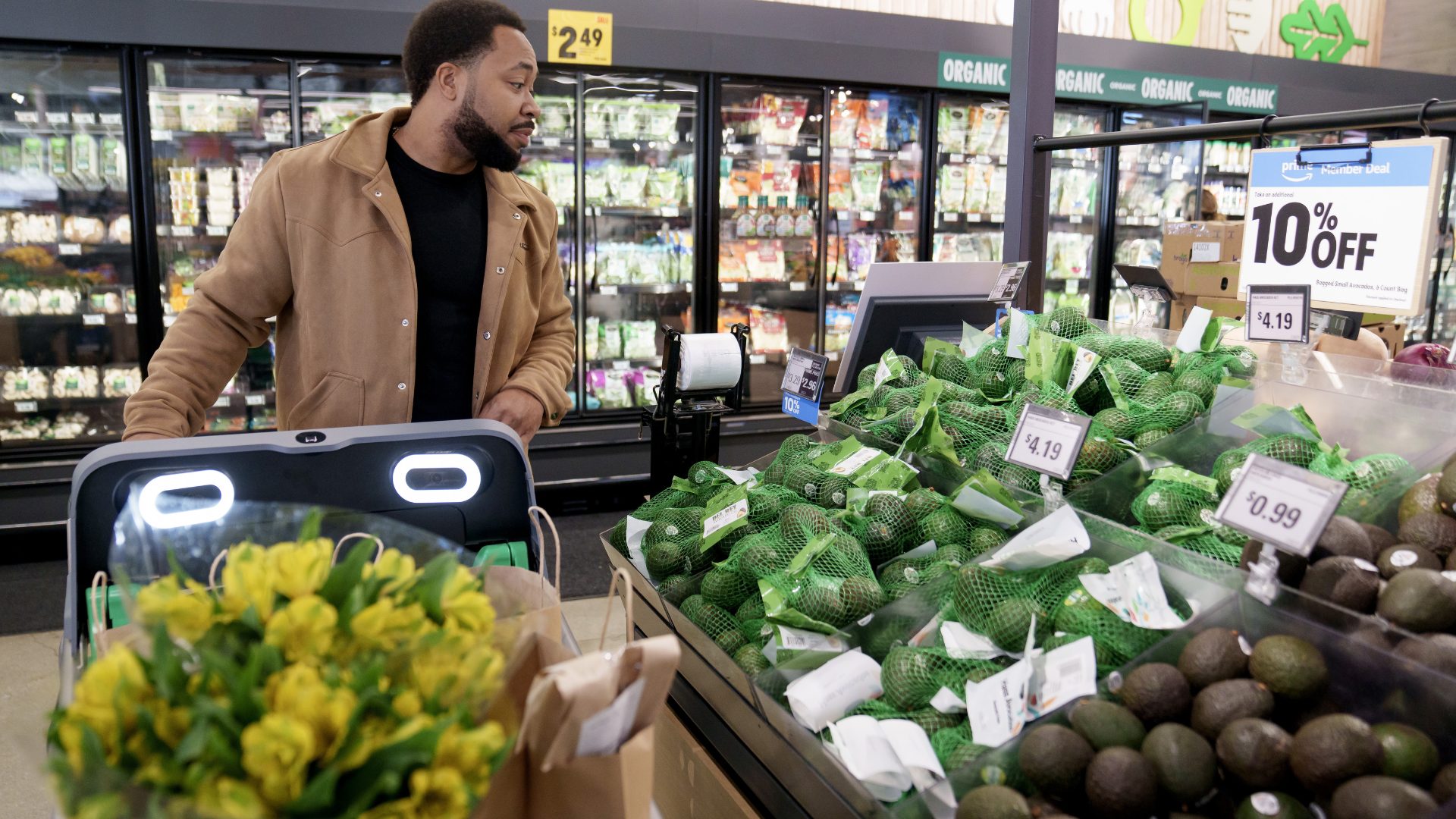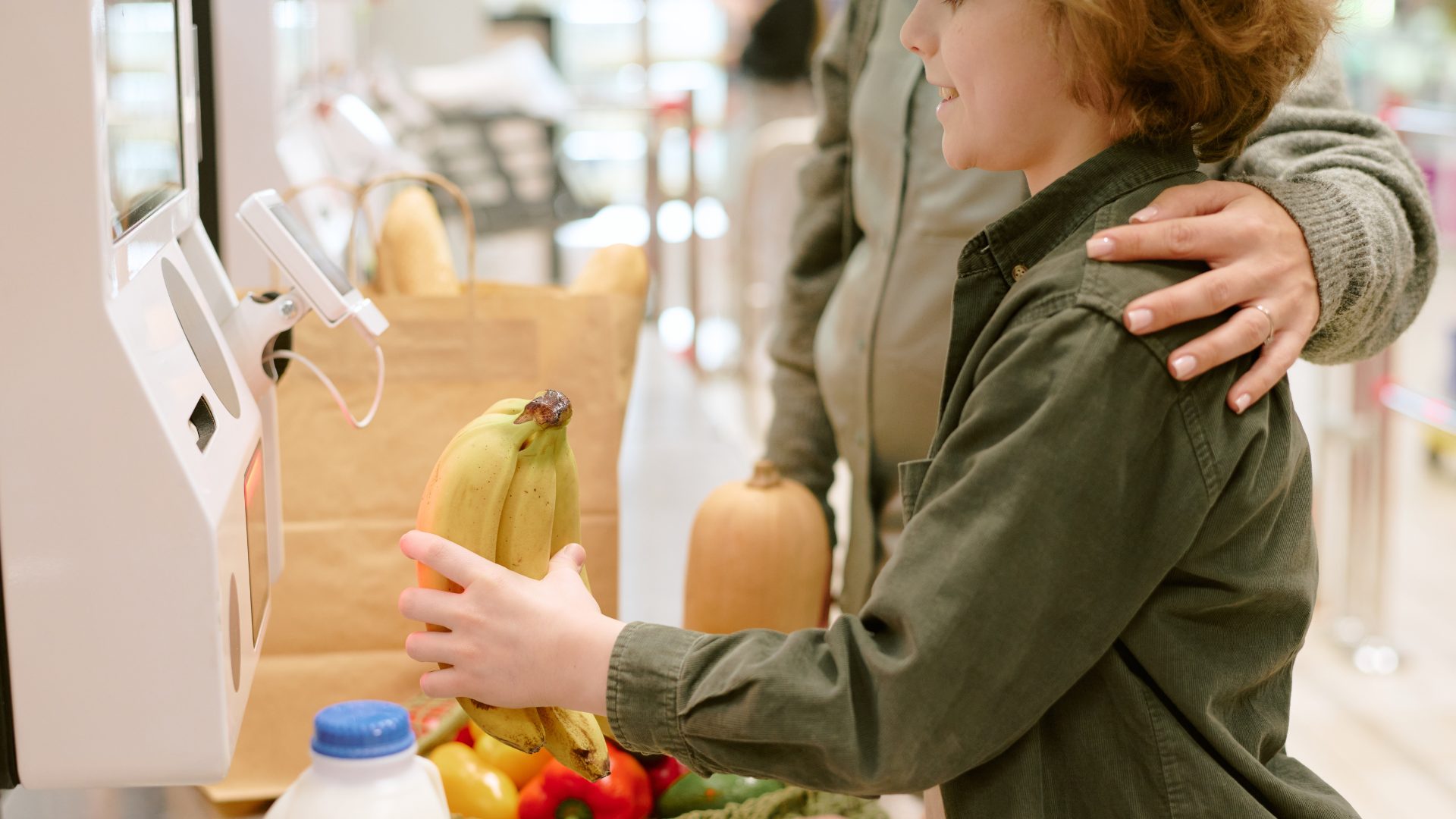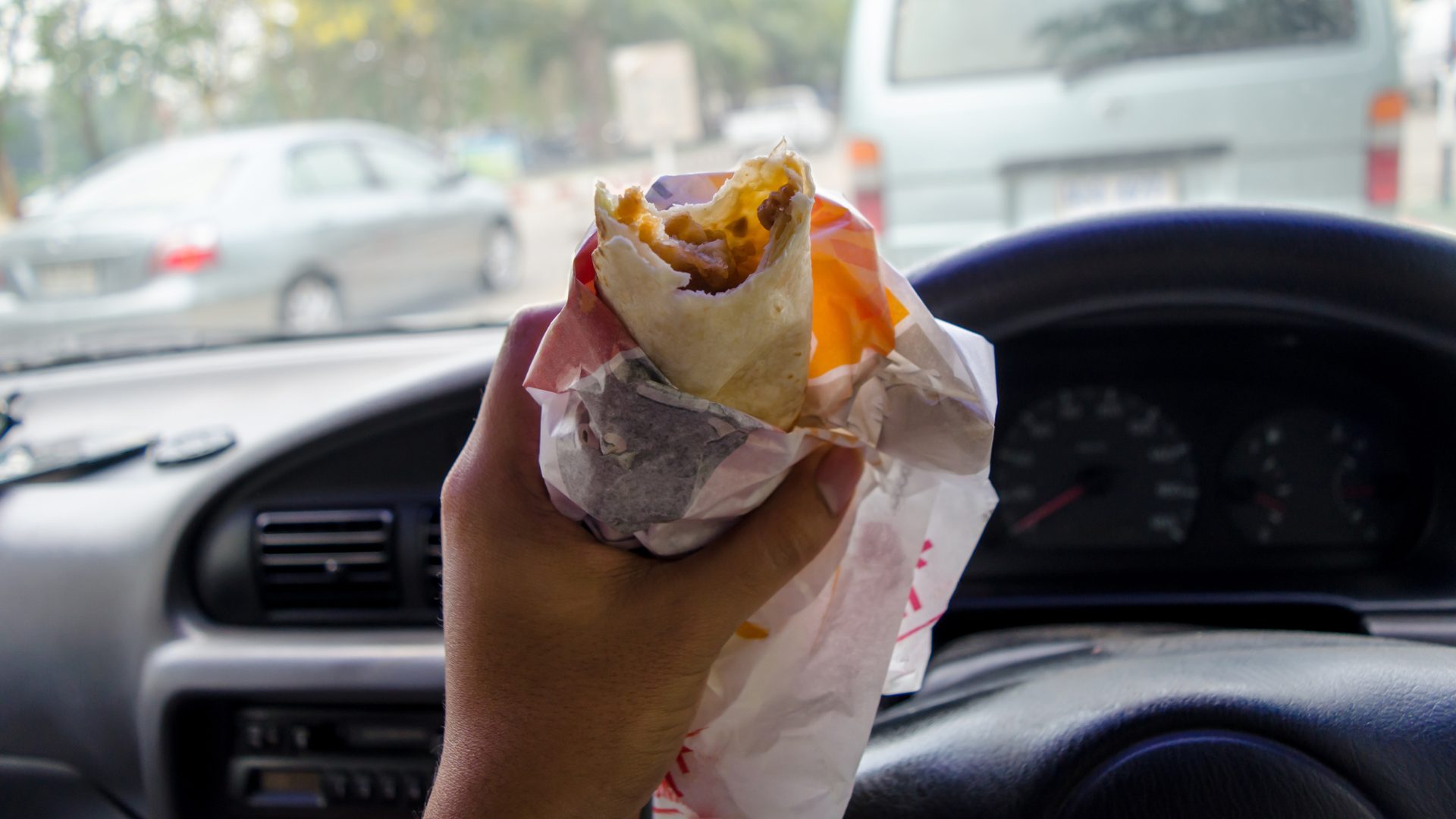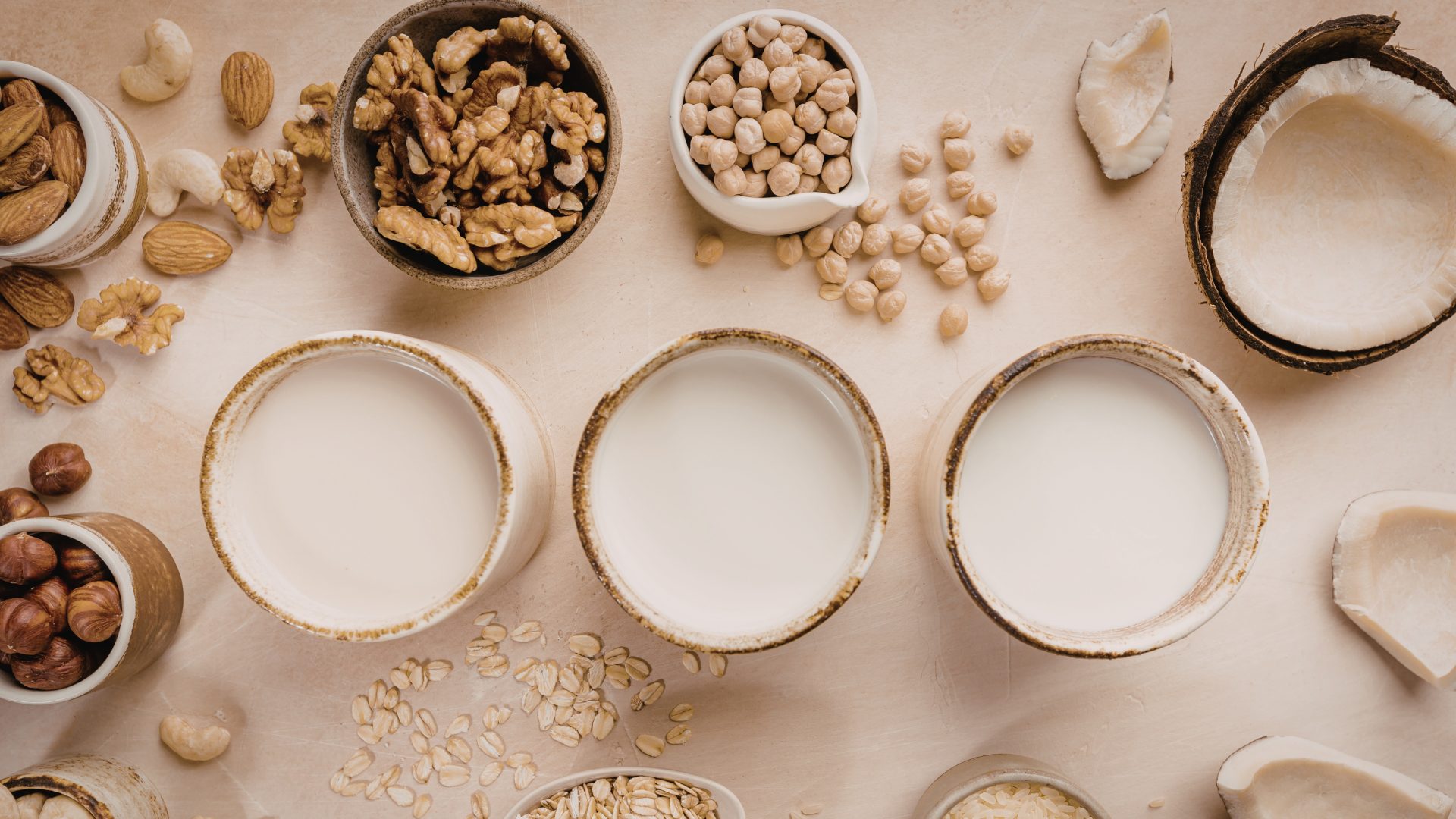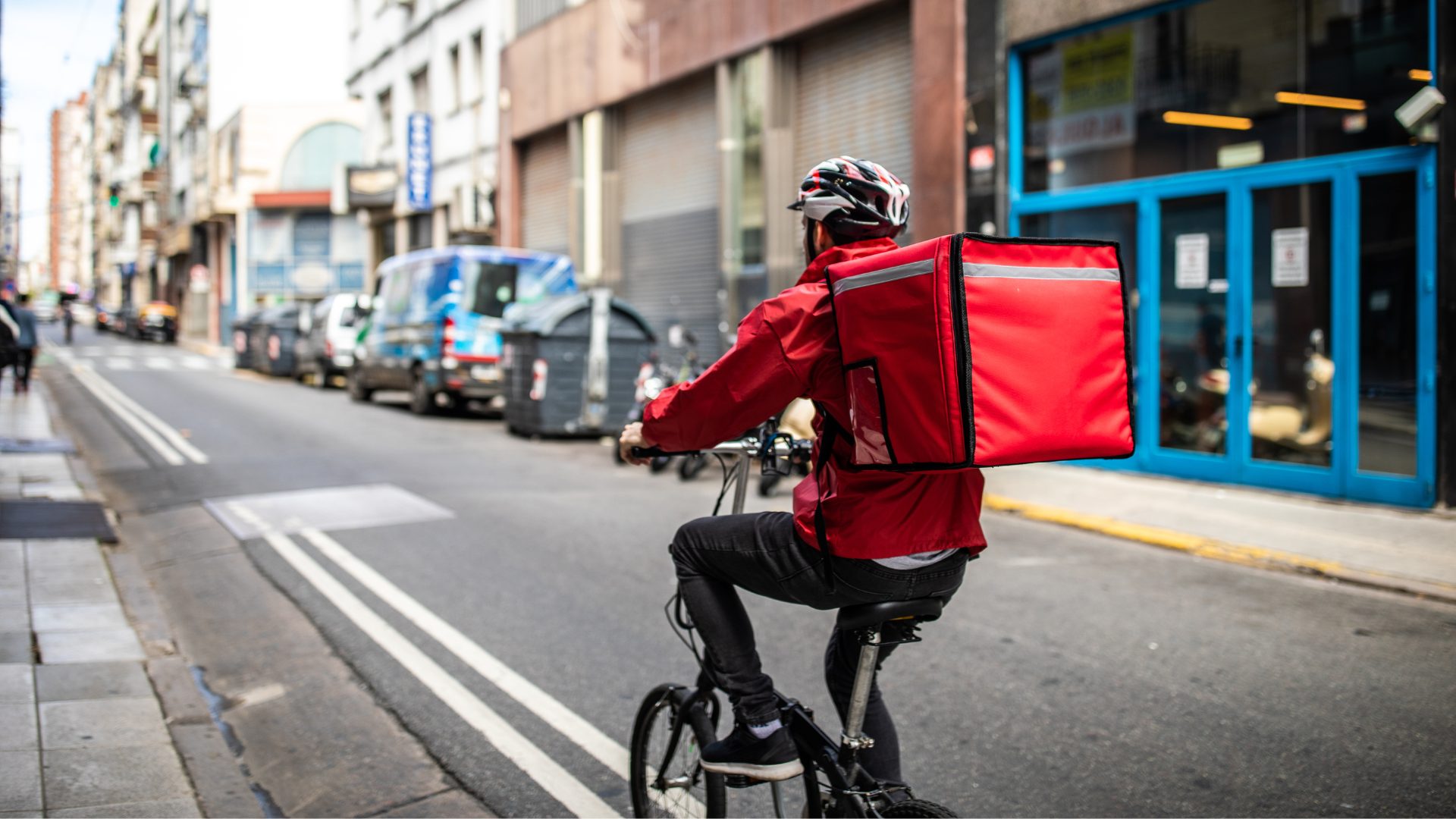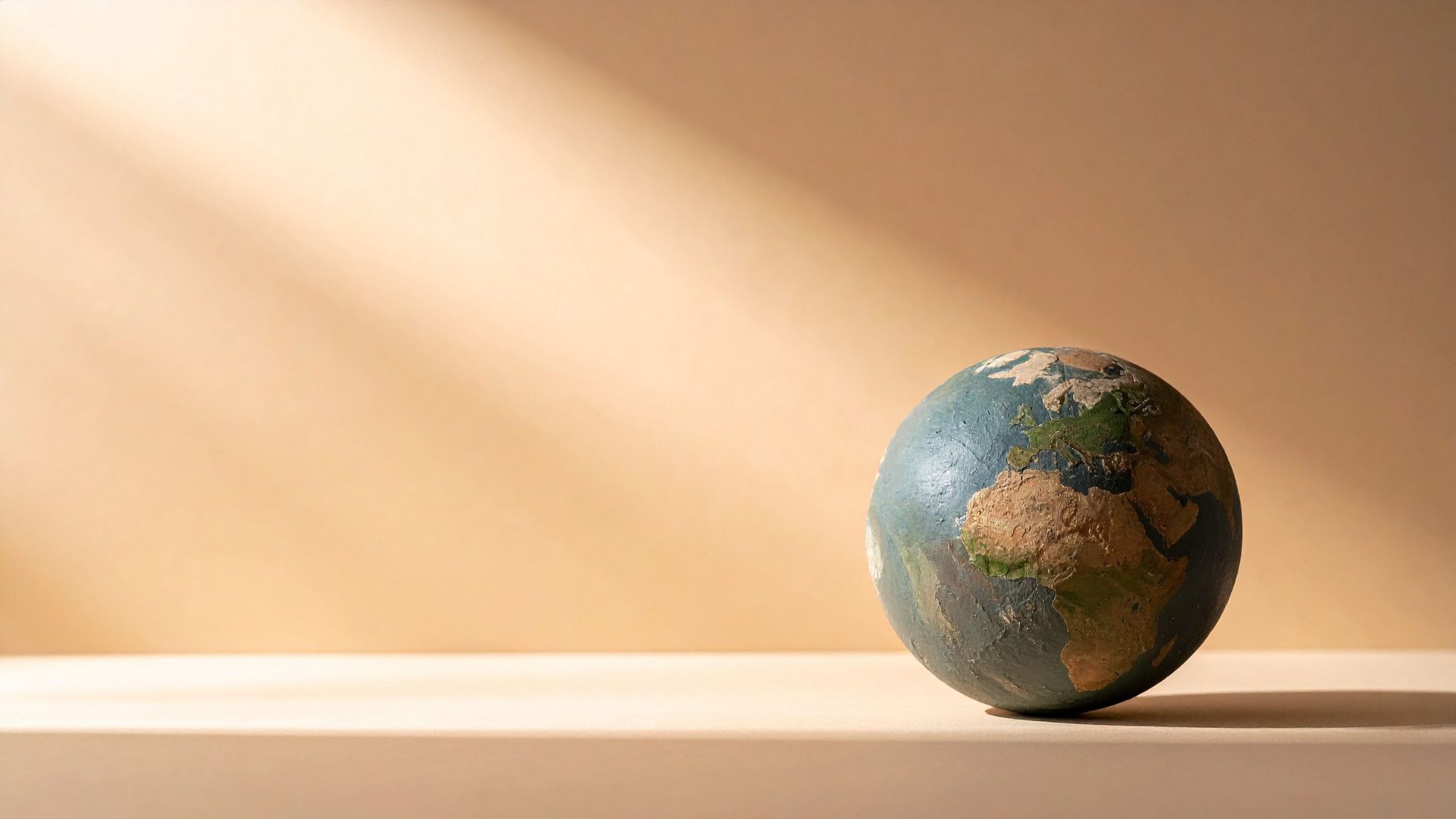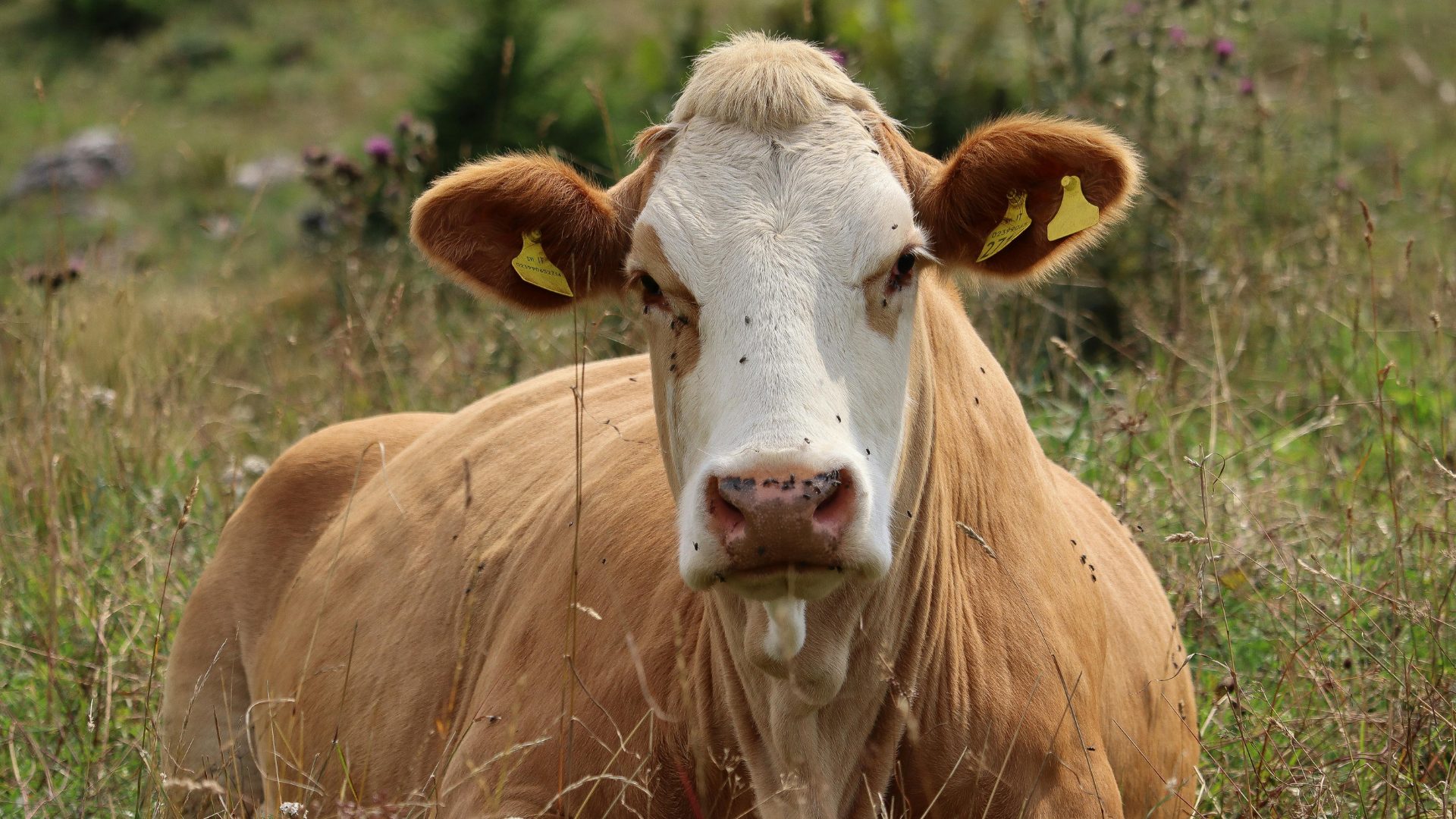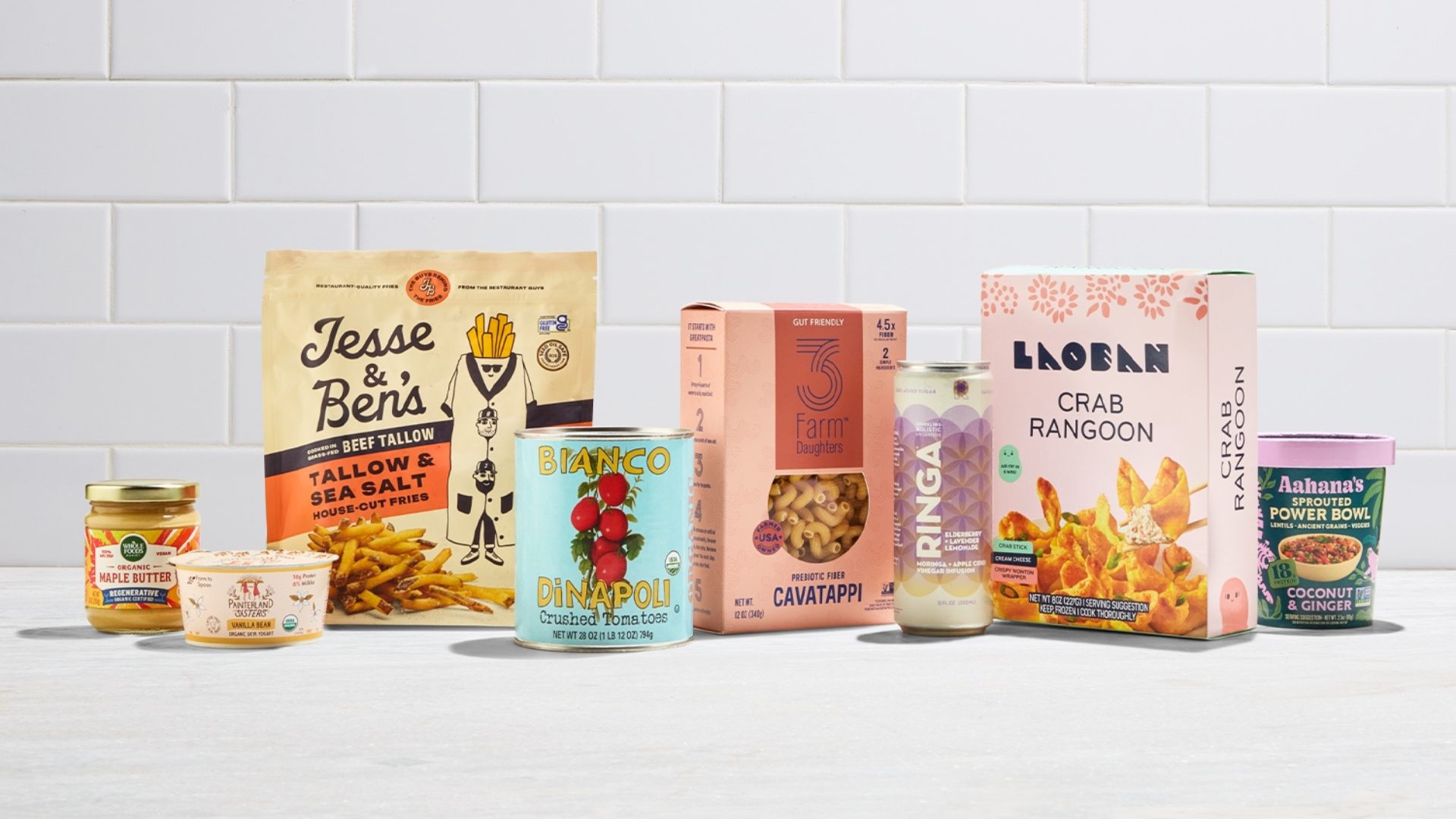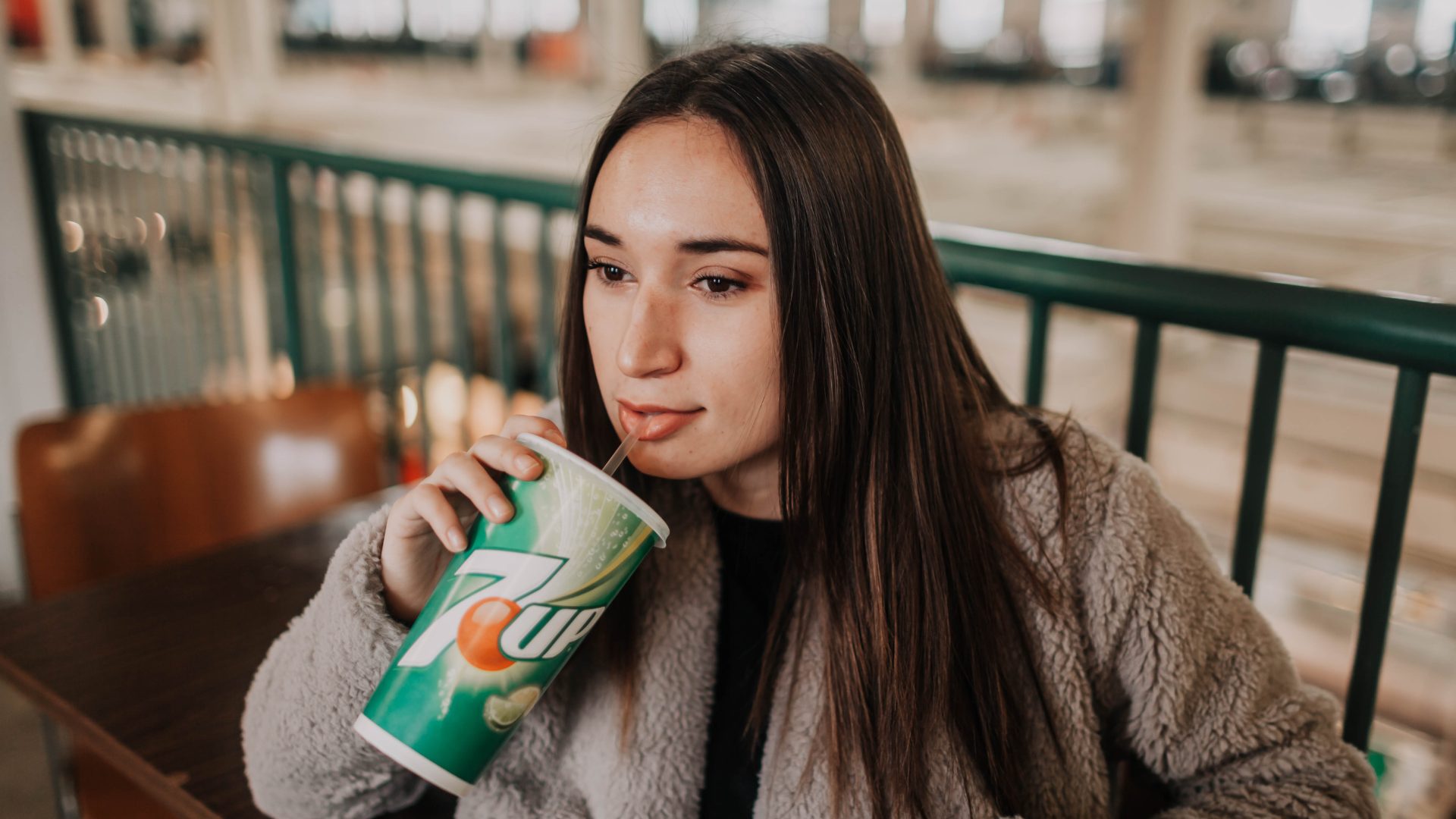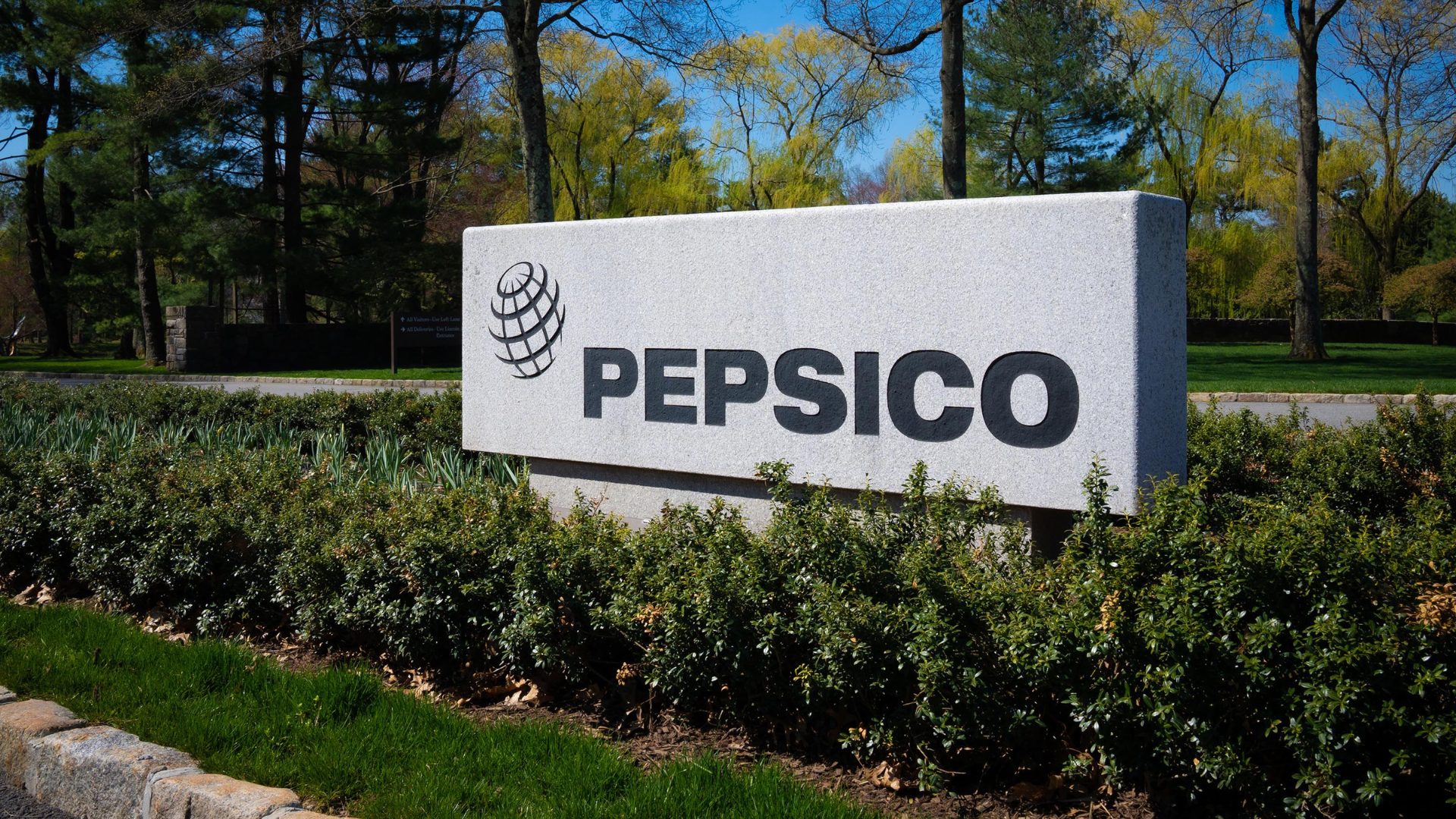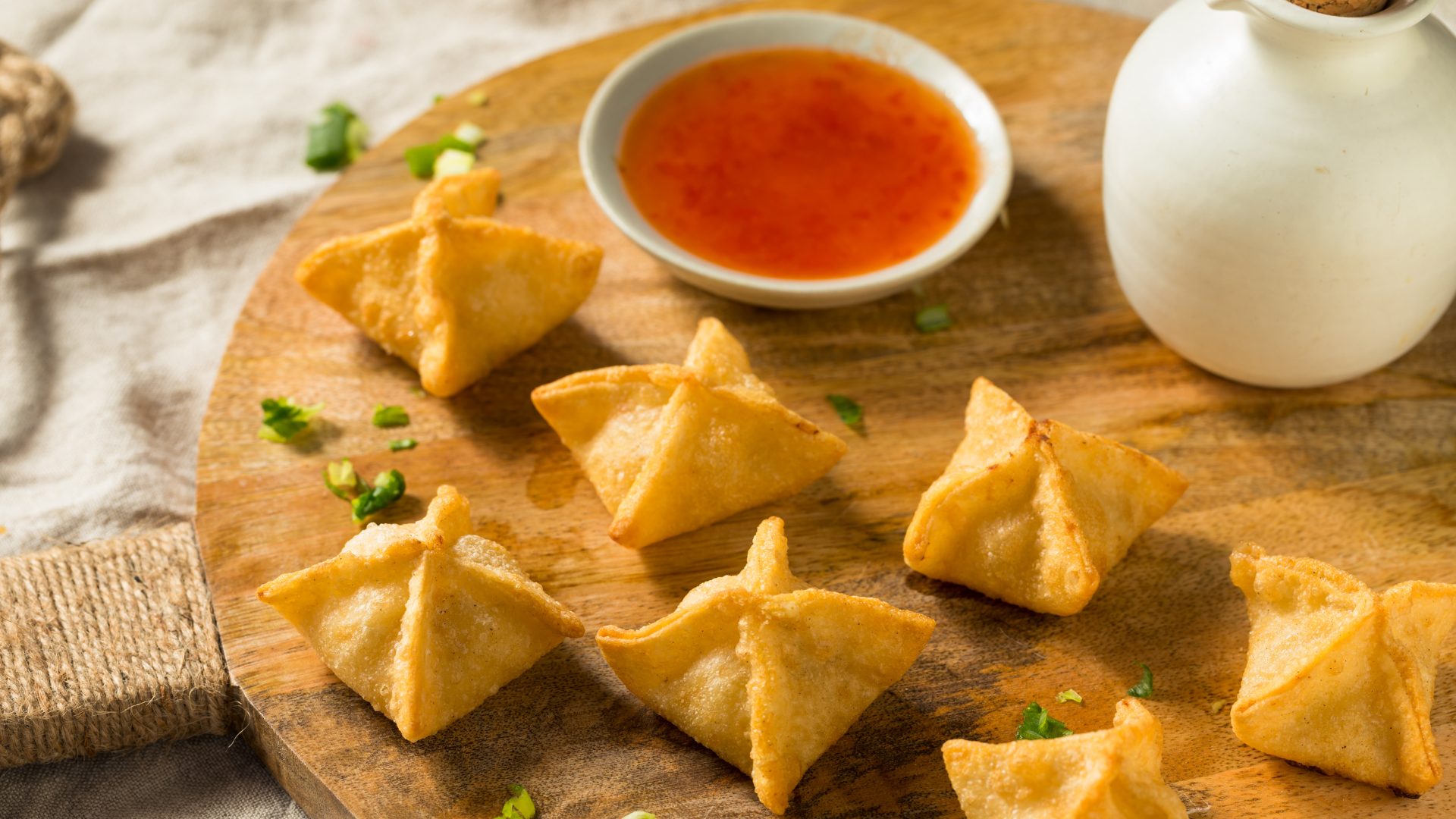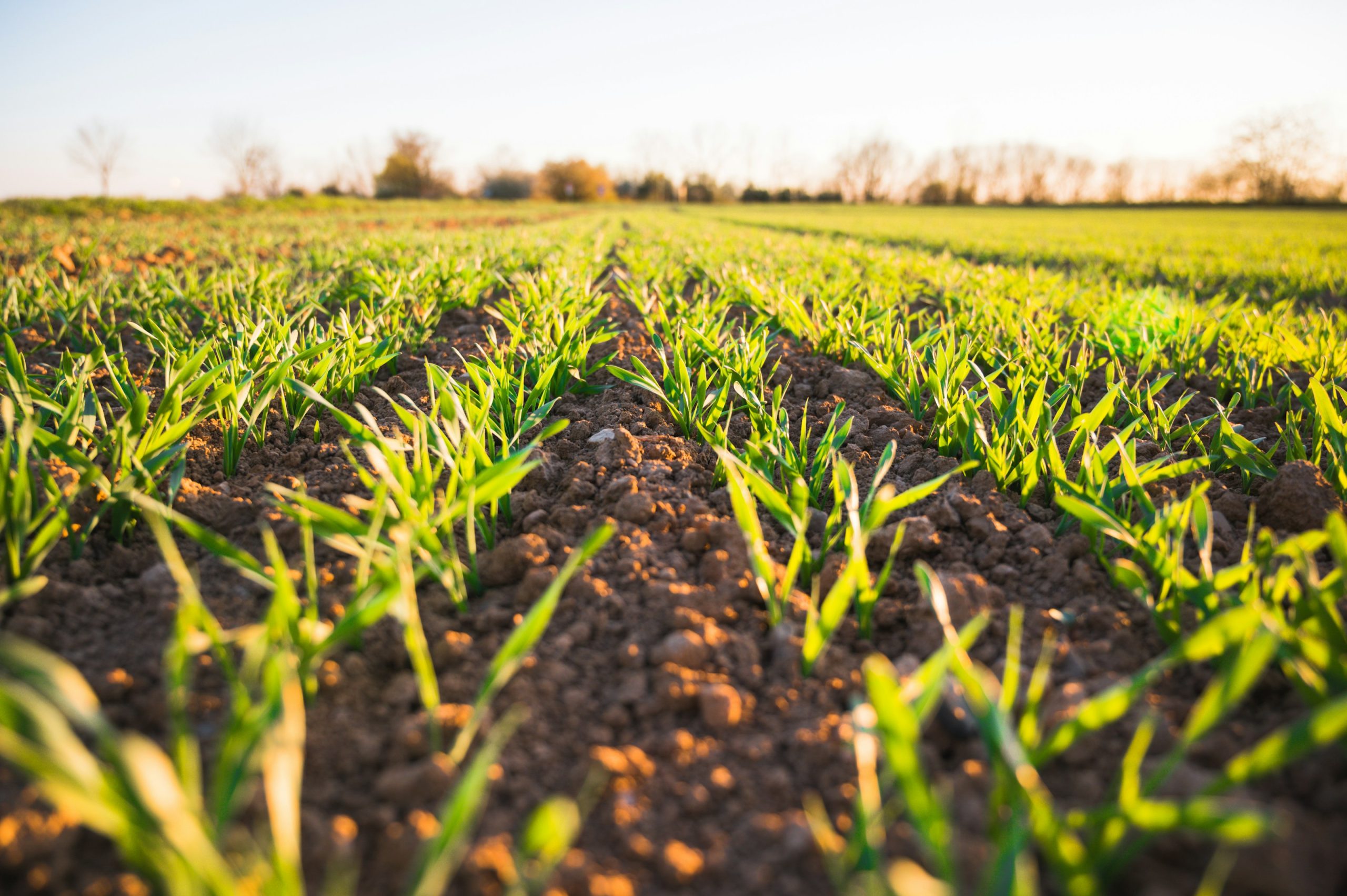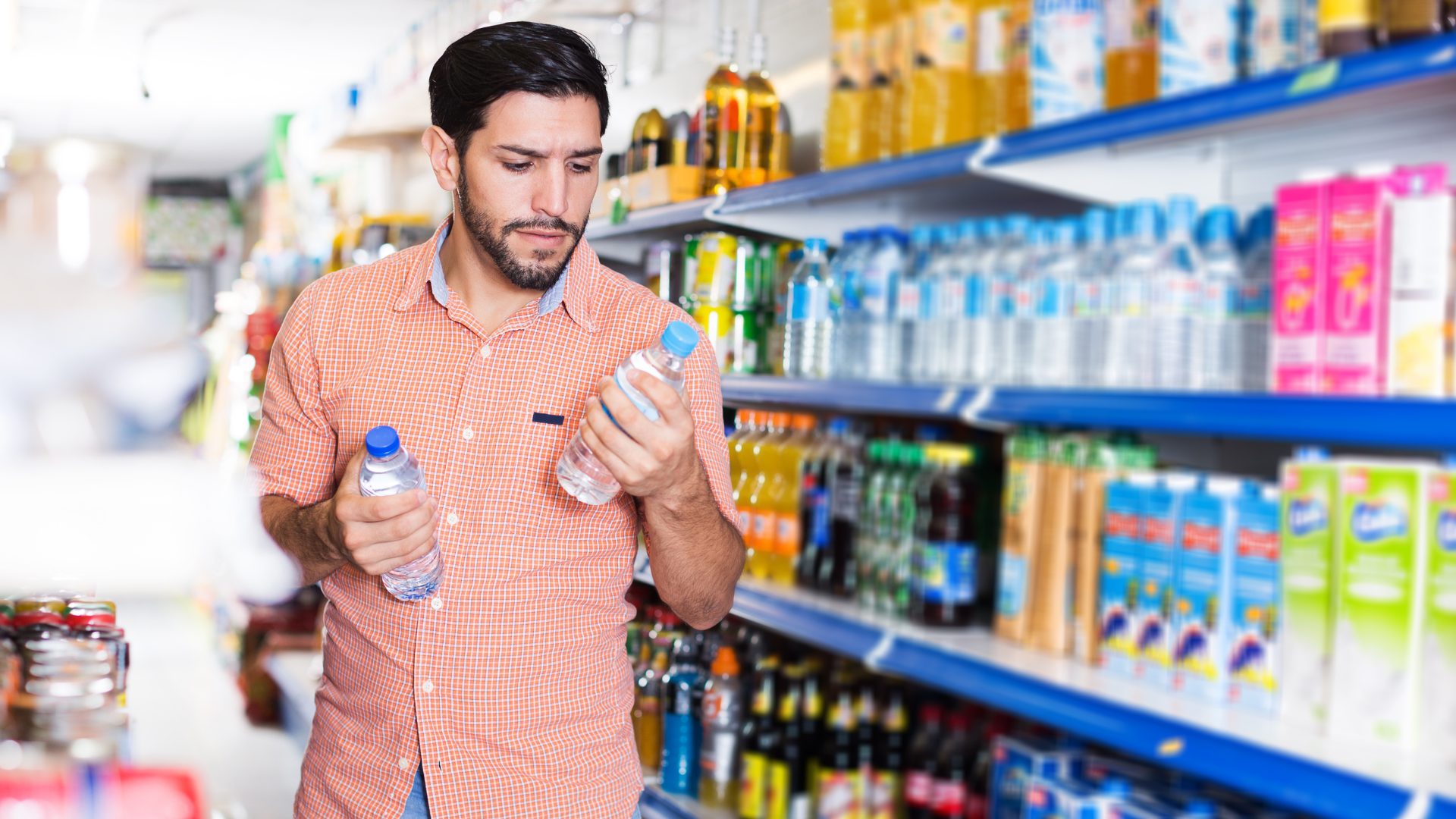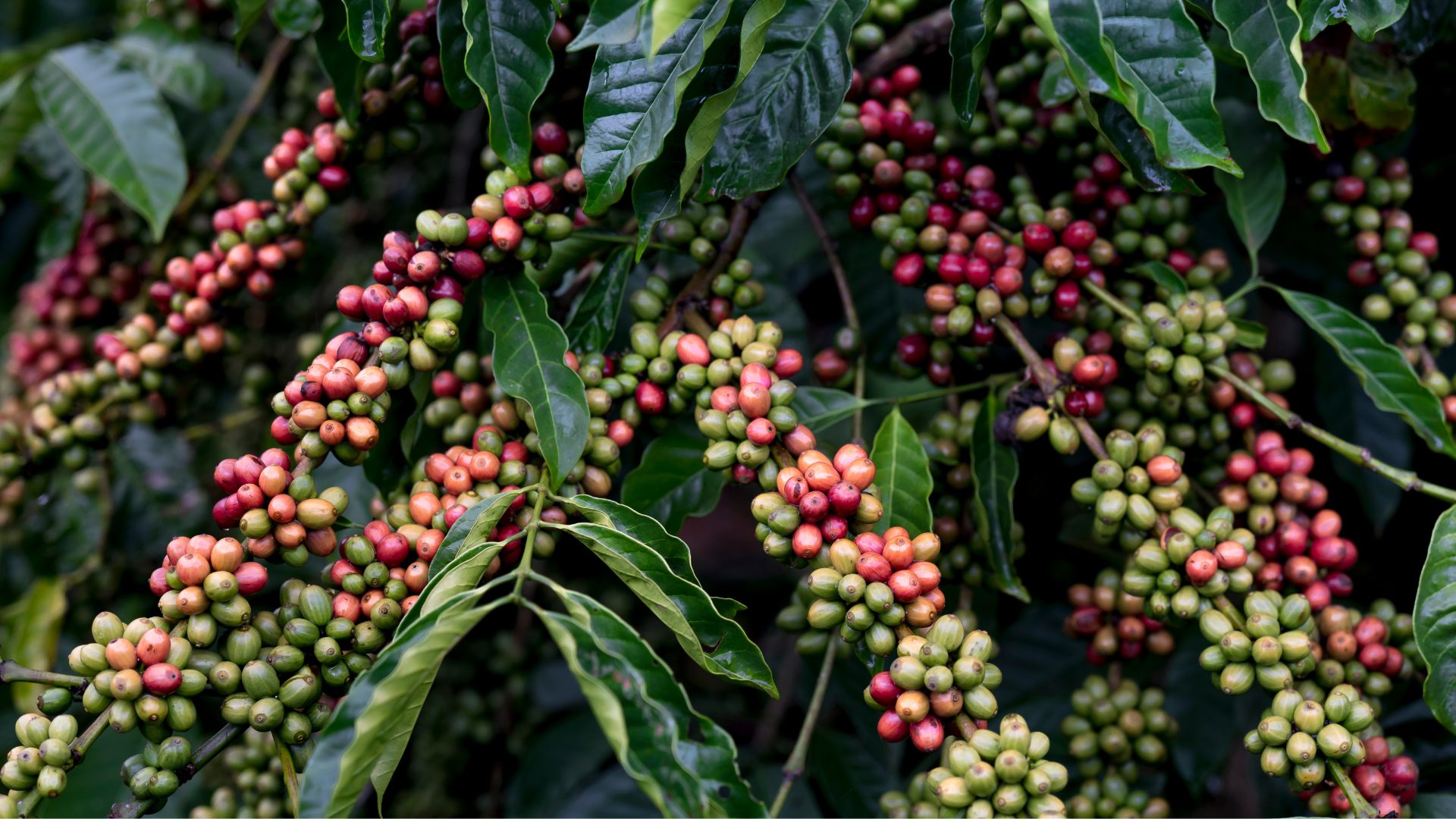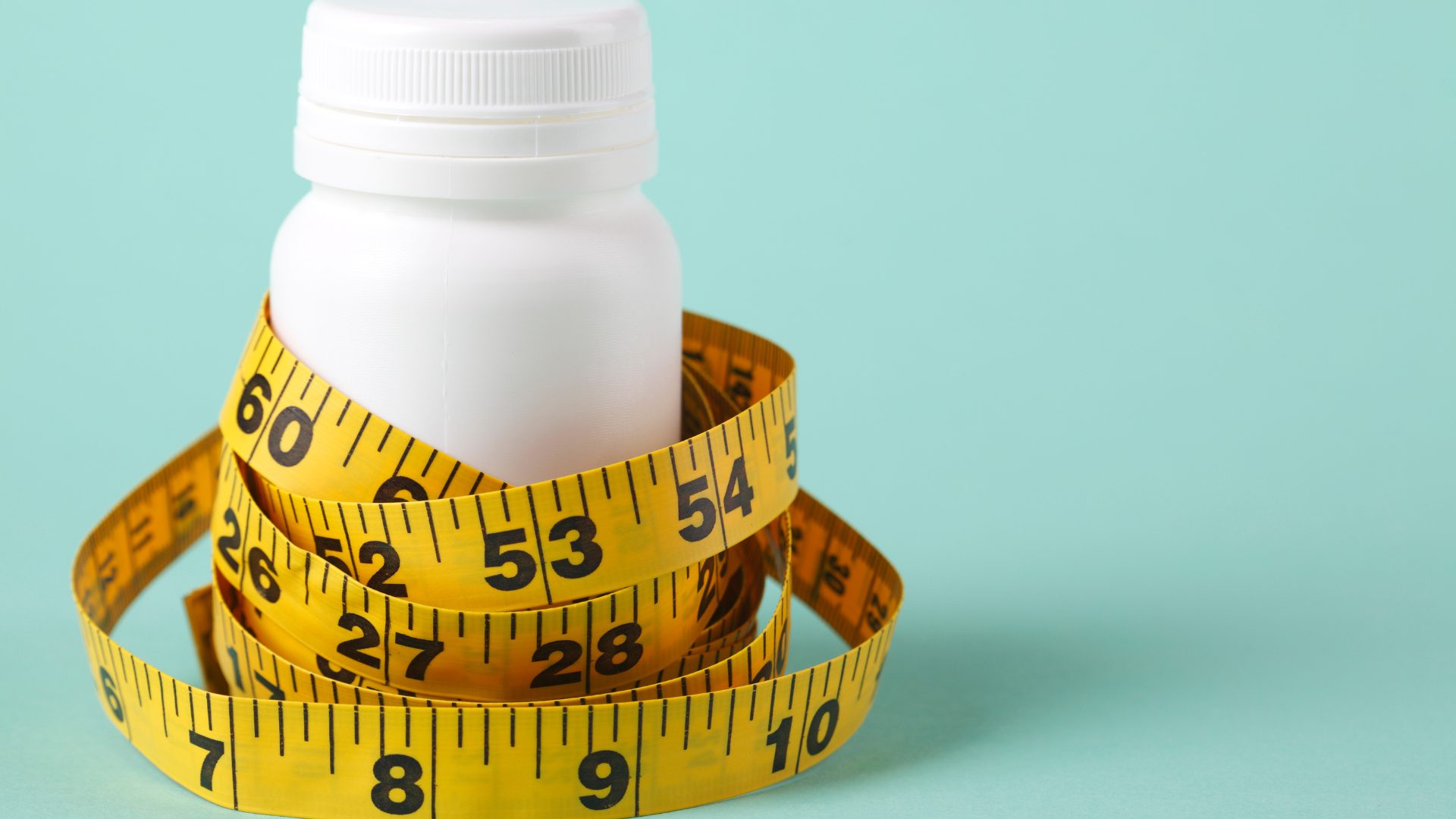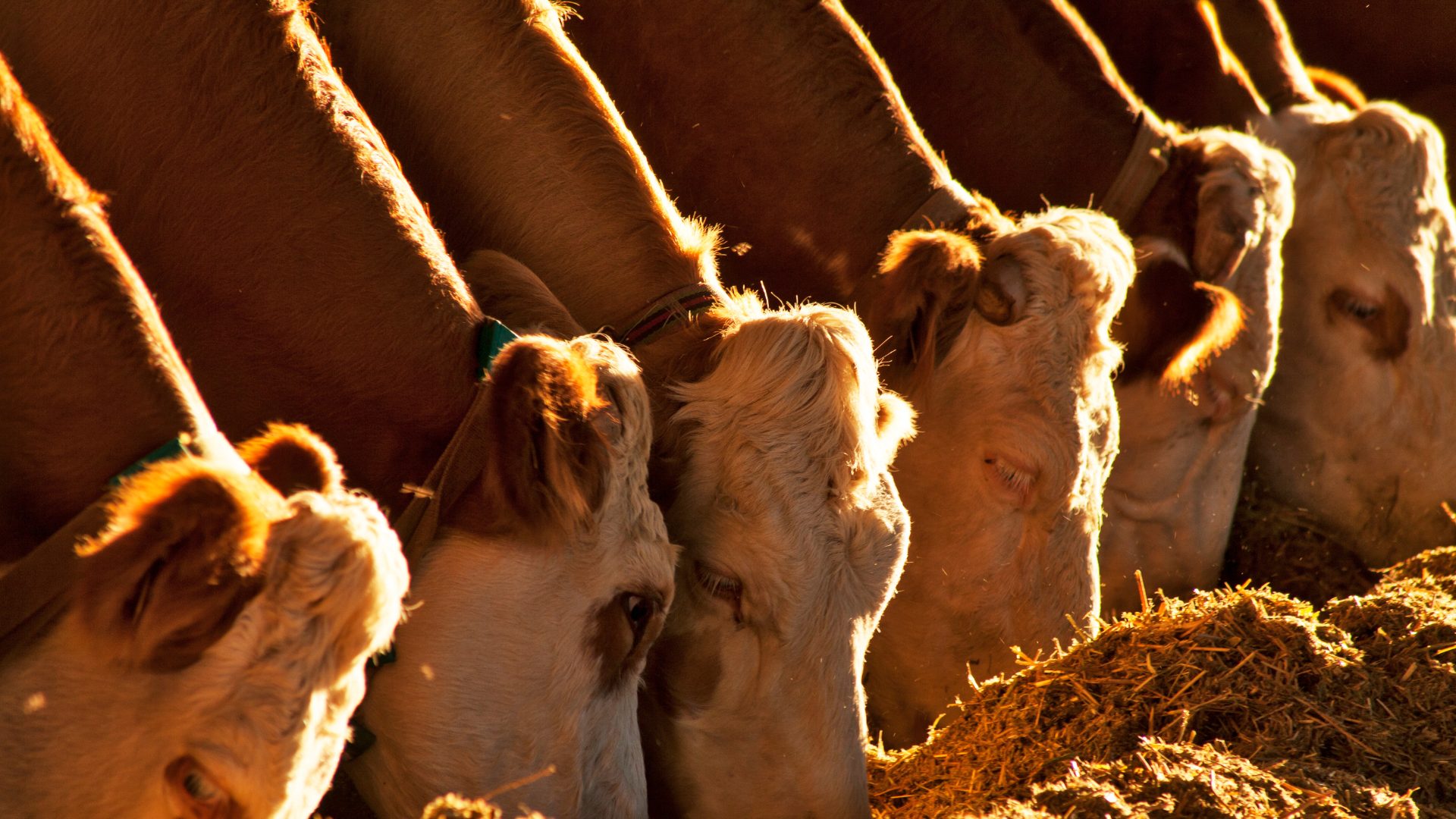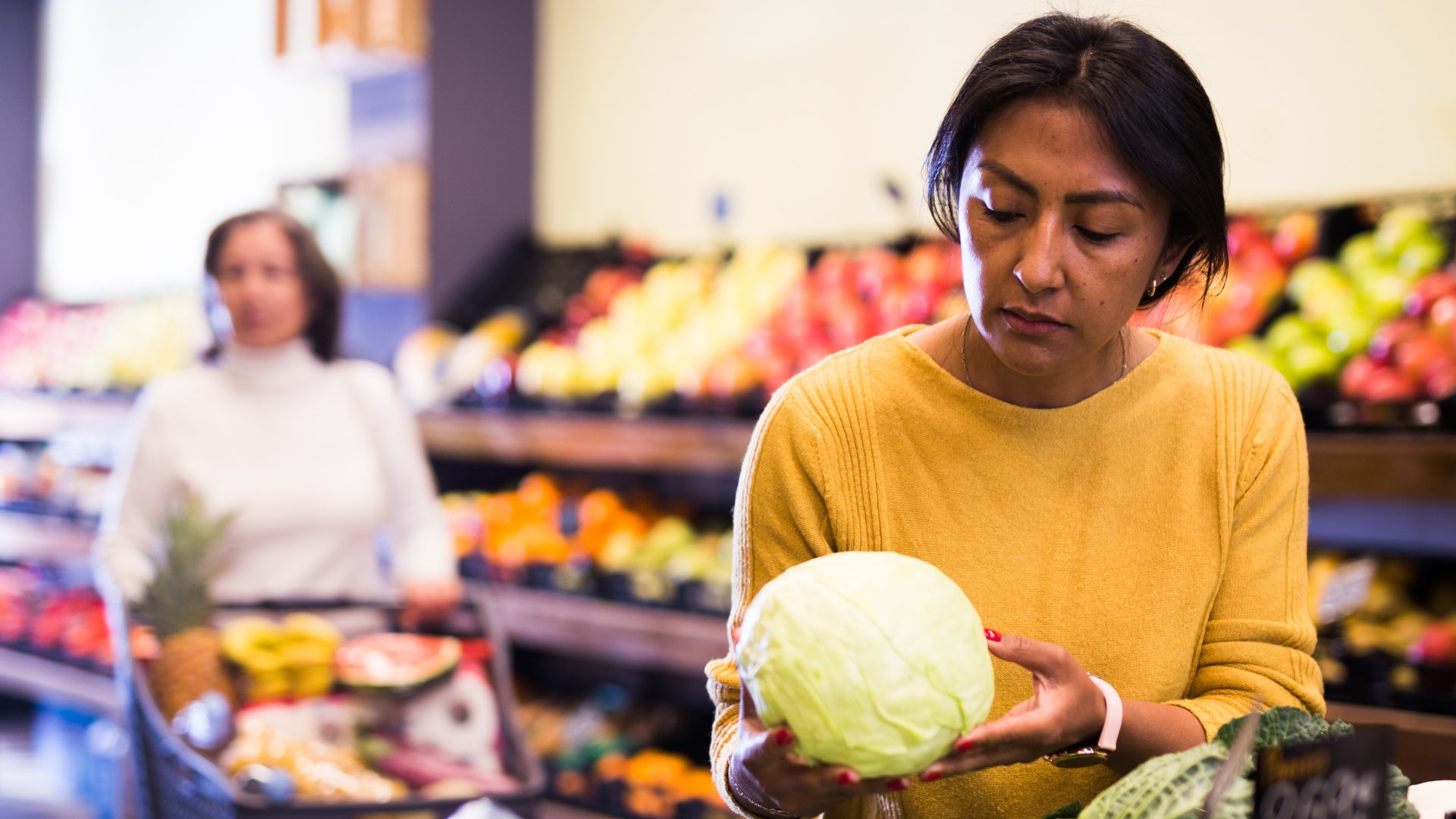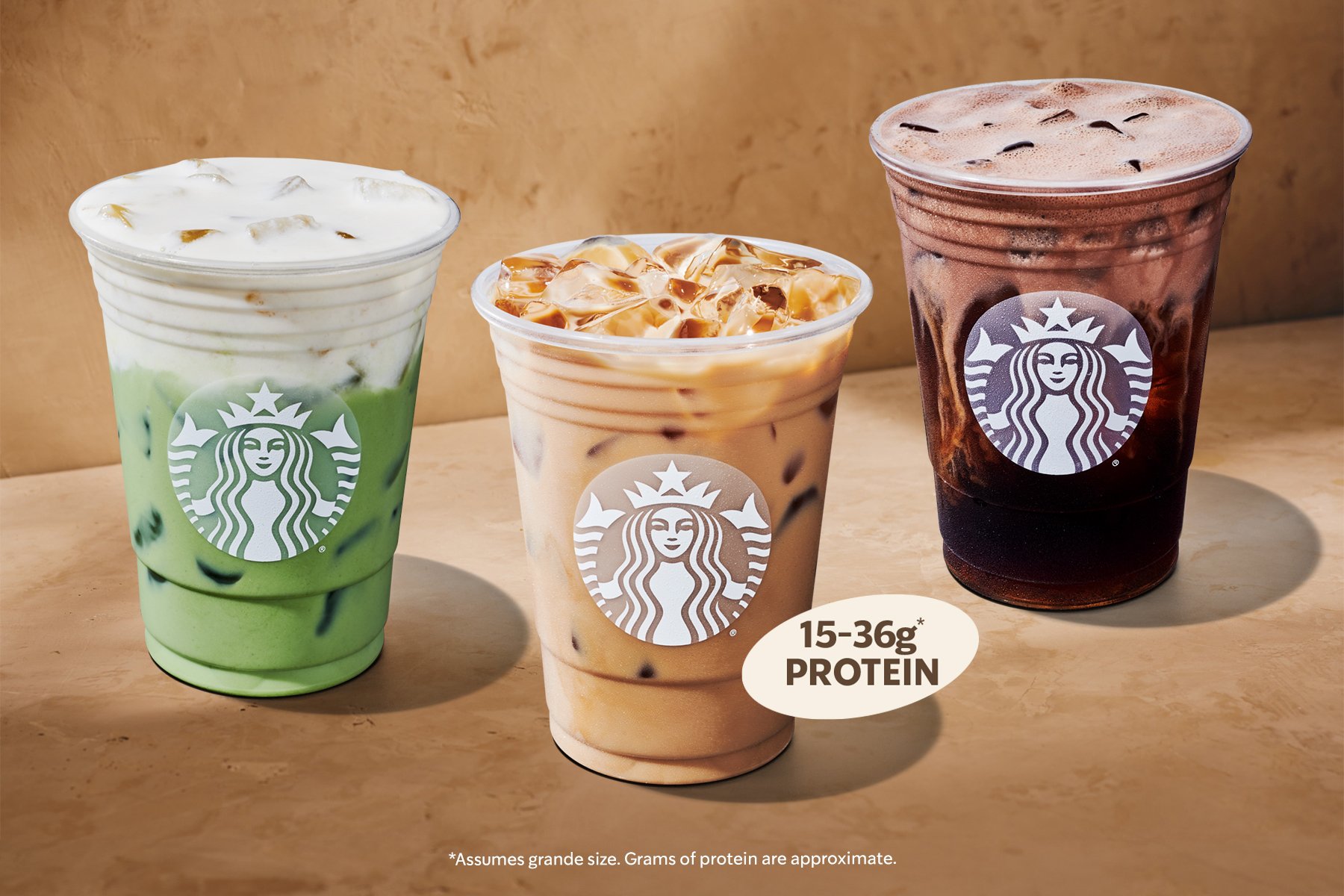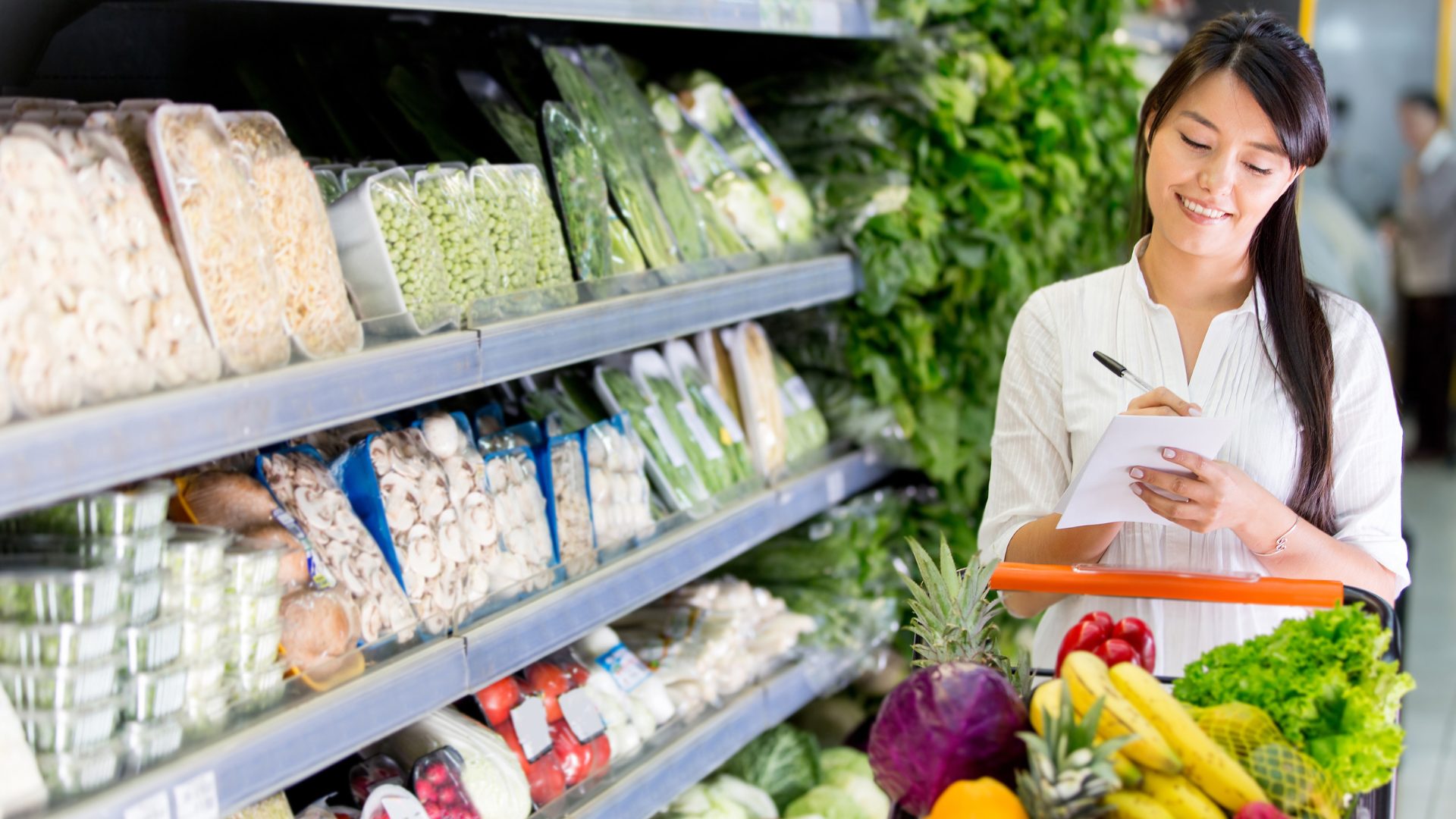
Tariff Rollbacks Give F&B a Breath
Tariff rollbacks on over 200 food items, including coffee and beef, promise relief for grocers and manufacturers alike. Industry leaders cheer the move as a win for affordability, supply chains, and global trade ties.
Surprise, Surprise: Buc-ee’s Ranked #1 in Fast Food
According to a new report, Buc-ee’s has surprisingly worked its way to the top of the quick-service charts, redefining fast food with convenience and cult-like appeal. As nontraditional players surge, legacy brands must rethink speed, snacking, and breakfast.
2026 Innovative Trends: AI, A Best Friend
The Business Case for Agentic AI Domination
Agentic AI is reshaping food tech, driving smarter service and explosive growth. But as automation deepens, legal battles and leadership shakeups hint at a turbulent future.
From Nightlife to ‘Daylife’: Coffee Raves Redefine Social Gathering
Coffee raves are transforming cafés into wellness-driven, daytime social hubs and boosting margins in the process. As Gen Z redefines nightlife, savvy operators are brewing community, culture, and commerce, all in one.
2026 Innovative Trends: Value-Obsessed Shopper
Plant-Based Faces Headwinds, Yet Pockets of Growth Persist
Now that the plant-based market has matured, it must contend with many of the same problems as the meat industry, including eking out margins as consumers tighten their wallets. However, dairy alternatives continue to be a bright spot for the sector.
The Strategic Case for the Grubhub, Instacart Team Up
Grubhub and Instacart’s unlikely alliance fills strategic gaps for both, fueling Wonder’s super app ambitions. It’s a calculated surrender on grocery that unlocks possibilities for a full-spectrum mealtime dominance.
2026 Innovative Trends: Geopolitical Impact
The New America: The Good, The Bad, The Ugly
Political perceptions are shaping how Americans define value – and it’s not just about price. Today’s consumers demand empathy, convenience, and strategic engagement across life stages.
2026 Innovative Trends: GLP-1
President Trump Eyes Argentine Beef to Solve Domestic Crisis
Beef prices are sizzling at $6.30/lb, and President Donald Trump’s fix – importing Argentine cattle – is sparking bipartisan backlash. Industry leaders warn the move may fuel geopolitical tensions without lowering consumer costs.
AWS Outages Continue, Affecting Web-Based Service
A major Amazon Web Services outage on Monday disrupted thousands of sites, including foodservice platforms, underscoring the industry’s digital dependence. Experts warn the cost could reach billions, as DNS errors rippled through operations and productivity worldwide.
Top 5 National Coffee Chains, Ranked by Craveability
Peet’s tops craveability rankings as consumers seek quality, innovation, and value in a $58.5 billion café market. From cardamom lattes to celebrity collabs, chains are brewing bold strategies to win loyalty amid rising prices.
2026 Innovative Trends: Clean Label
Candy-flation Is No Match for Halloween Cravings
Despite soaring cocoa prices and shifting consumer budgets, Halloween candy sales are anything but scary. Non-chocolate confections and TikTok-fueled innovations are keeping the sweet season alive, even as chocolate feels the squeeze.
Upgraded Convenience, Thoughtfully Sweet Among 5 Whole Foods Trends for 2026
The Whole Foods Trend Council has been busy this year understanding the forces driving consumer behavior. They found that minimally processed foods that simplify the grocery experience while packing a punch will reach new heights in 2026.
Move Over Dirty Soda, Heavy Soda Goes Viral
Heavy soda — an ultra-sweet, syrup-heavy twist on fountain drinks — is gaining viral traction and nostalgic appeal. With minimal operational lift, it offers high-margin potential and Gen Z buzz for savvy beverage retailers.
LATAM Influence: Future Considerations
A $4B Investment Aims for an Uncertain Turnaround at PepsiCo
Elliott Management just invested $4 billion in PepsiCo, betting it can fix what fizzled. The activist investor envisions a turnaround – assuming legacy brands can still thrive in a GLP-1 world.
Tom Holland, Robert Downey Jr. Unite on Booze-less Buzz
Tom Holland and Robert Downey Jr. have fused star power with beverage innovation, launching coffee-beer crossovers that tap into Gen Z’s desire for a booze-less buzz. Their authentic friendship fuels a savvy play in functional, premium CPG.
The Cult of Crab Rangoon: Consumers Crave Nostalgia, ‘Play’
Crab Rangoon is riding a wave of nostalgic virality, evolving from comfort food to cultural icon. Its playful reinventions and mass appeal offer operators a low-barrier entry into high-impact, trend-driven dining.
LATAM Influence: Unpacking CPG Impact
3 Key Takeaways from Groceryshop 2025
At Groceryshop 2025, leaders tackled topics such as value-driven shoppers, evolving retail media, and AI’s seismic impact on grocery. From TikTok disruption to digital twins, the future of food retail is already knocking.
PepsiCo, NatGeo Bet Big on Regenerative Agriculture
PepsiCo has helped launch Food For Tomorrow to champion regenerative agriculture across 10 million acres by 2030. The initiative blends data, storytelling, and science to future-proof farming and the global food supply.
LATAM Influence: Attracting the LATAM/Hispanic Consumer
The Latin American consumer is complex and multifaceted, reflecting the many cultures of the region.
Can Congress Fix Runaway Coffee Inflation?
Congress brewed up the “No Coffee Tax Act” to slash tariffs and tame surging bean prices. But with climate shocks and record demand, the fix may need more than a legislative shot.
GLP-1 Weight-Loss Drugs Ride Health, Wellness Wave
As consumers continue to take their health and wellness goals seriously, GLP-1 drug usage will continue to grow. With as much as 20% of U.S. adults taking or considering the medication, the food and beverage industry must adapt to these consumer need states.
Beef Prices Shock Food Inflation Metrics
Beef prices have shot past inflation benchmarks, driven by supply shocks, tariffs, and parasite outbreaks. As consumers pivot to poultry, food leaders face a meaty challenge in forecasting demand and managing margins.
LATAM Influence: The Latin American Consumer
US, China Reach TikTok Deal ‘Framework,’ Industry Reacts
TikTok’s reported U.S. transfer deal clears a path for continued growth in food-driven commerce and influencer marketing. With $24 billion in economic impact, the app remains a vital ingredient in Gen Z engagement and restaurant discovery.
Starbucks Gets Behind ‘Proffee’ Craze
Starbucks is diving into the booming “proffee” trend with protein-packed lattes and cold foam, now a permanent menu fixture. As rivals race to meet protein-hungry consumers, functional coffee is brewing billion-dollar growth.
Hispanic Shoppers’ Health Priorities Shake Up Industry
Hispanic consumers are reshaping the food industry with health-driven choices, flavor curiosity, and rising purchasing power. Brands ignoring this shift risk falling behind as authenticity and wellness become the new growth frontier.
The Top 5 Flavors Taking Over Fall
Fall flavor innovation is heating up as brands blend nostalgia with novelty – think cranberry punch, chai spice, and pumpkin chipotle. With 66% of consumers shifting food habits, the time appears right to capture seasonal cravings.
Energy Drinks Put ‘Value’ Back in ‘Value Proposition’
Energy drinks are thriving as price-conscious consumers pivot from costly coffee to functional, flavorful alternatives. With wellness claims and nostalgic flavors, the category is stealing share from traditional caffeine formats.

